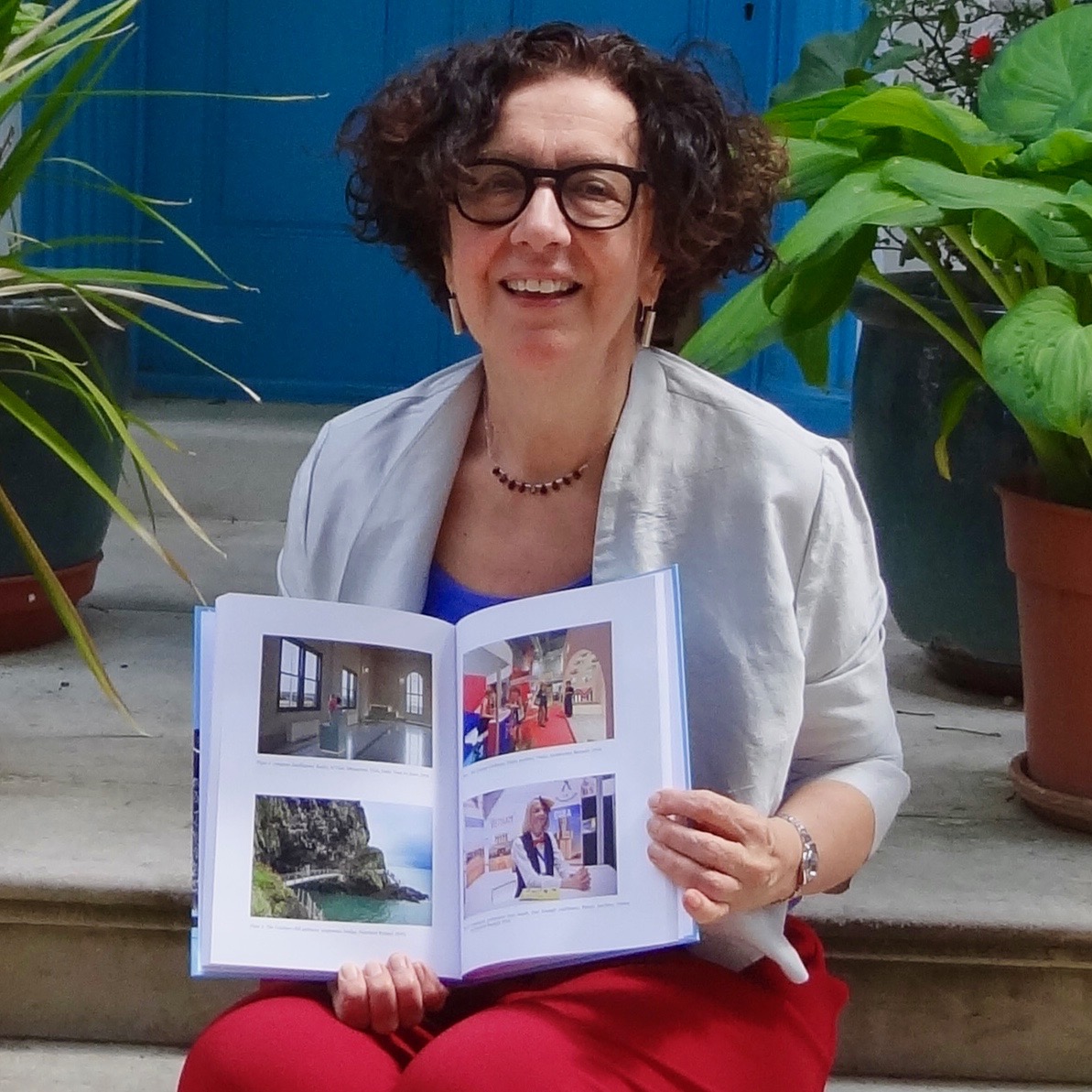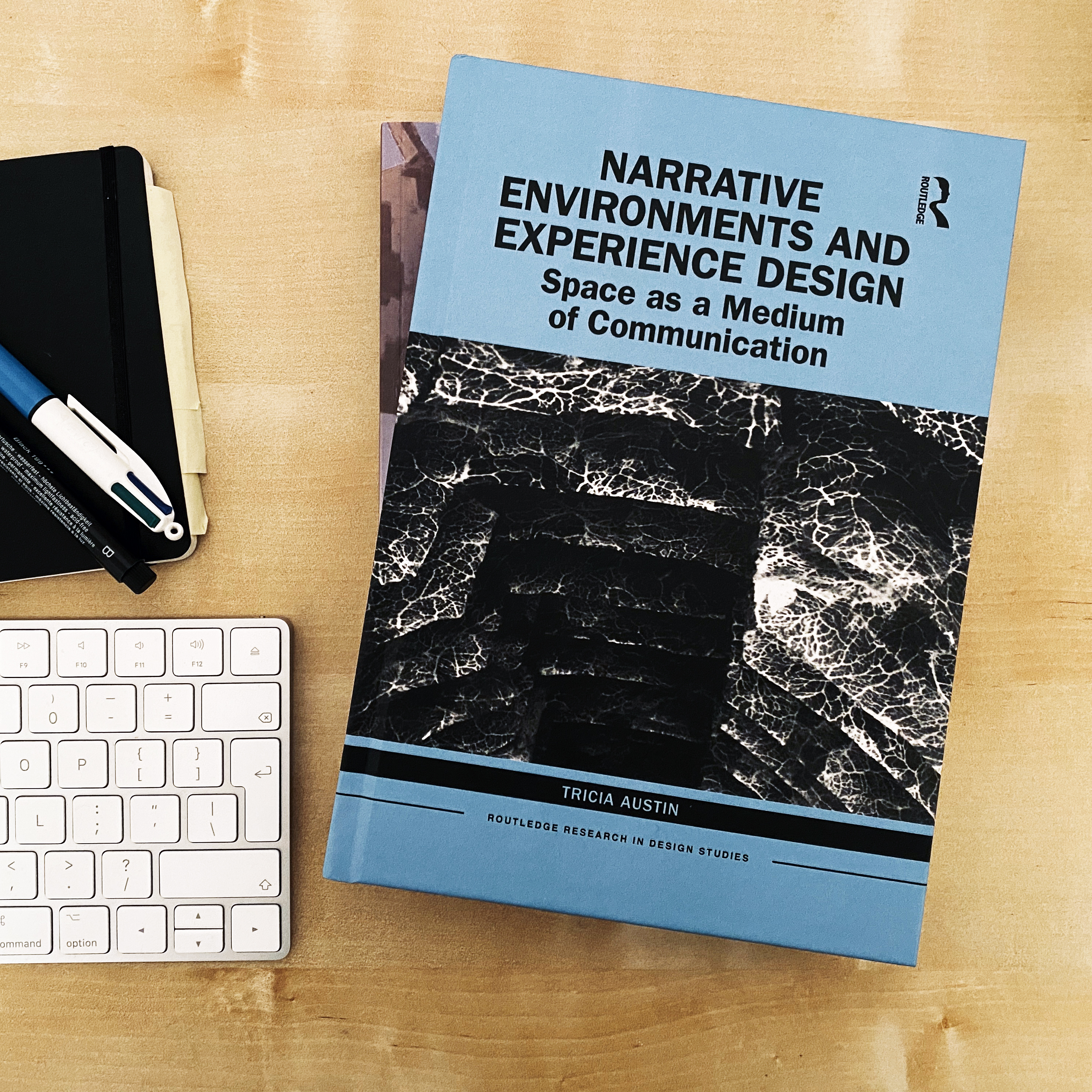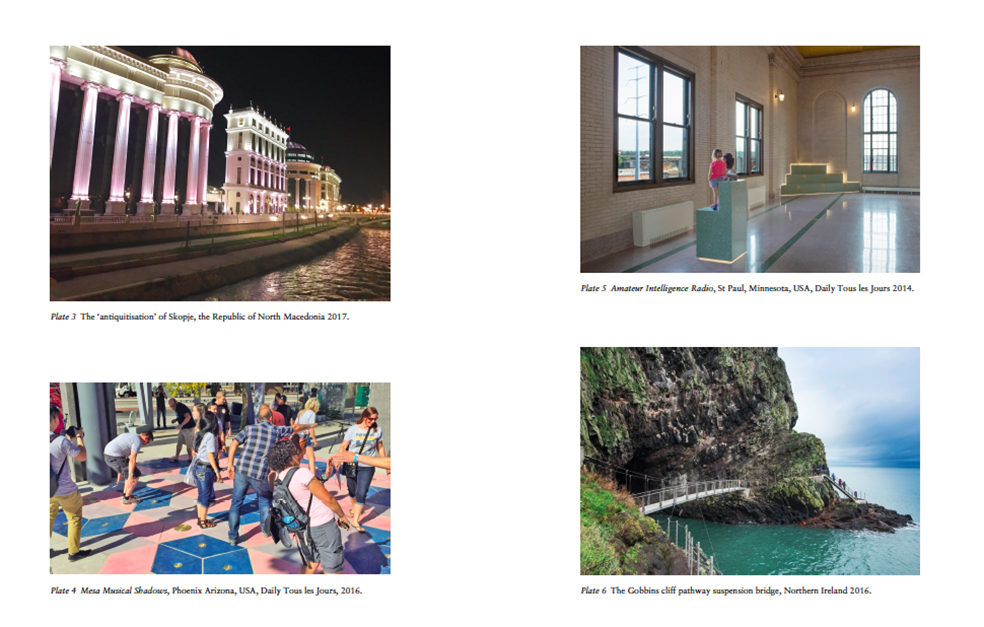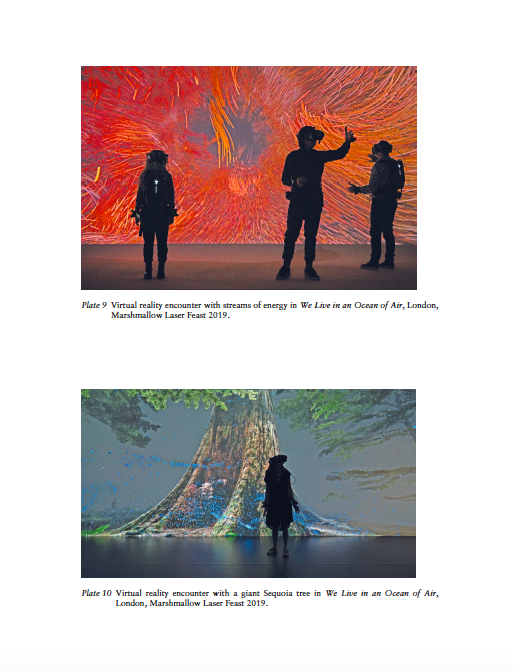
Following the publication of MA Narrative Environments course leader Tricia Austin’s timely and important new book “Narrative Environments and Experience Design: Space as a Medium of Communication”, this week we managed to grab some time with her for a short interview.
What is the central argument of the book?
The book asserts that the design of narrative environments is a distinct area of practice which draws from many disciplines such as communication design, architecture, interaction design and performance design to envisage and shape space as a medium of communication.
 Narrative environments are unique in that they involve a triple unfolding of space, time and story. First, narrative environments are spatial, tangible and sensorial, appealing to us through our embodied perception. Second, they are temporal and therefore capable of offering unfolding cognitive and emotional experiences. Third, because they tell stories, narrative environments can wrestle with issues, provoke debate, prompt reflection and contest histories, values and futures.
Narrative environments are unique in that they involve a triple unfolding of space, time and story. First, narrative environments are spatial, tangible and sensorial, appealing to us through our embodied perception. Second, they are temporal and therefore capable of offering unfolding cognitive and emotional experiences. Third, because they tell stories, narrative environments can wrestle with issues, provoke debate, prompt reflection and contest histories, values and futures.
The book shows how designers of narrative environments not only produce immersive and transformative environments but explore what is communicated, to whose benefit and to what end.
What motivated you to write this book?
I wanted to share the theories and practices we have developed on the course since it was launched in 2003. The book outlines our theoretical framework showing how people, space and story can be connected through a dynamic network model.
Over the years, our staff, students and graduates have also pioneered multidisciplinary collaboration and participatory design which we think can inspire others. We have experimented with imbedding digital technologies in spatial environments to add additional layers of content and enrich people’s experiences.
We have had the privilege of working closely with world-leading industry affiliates and continually innovating to address social, political and ethical questions. In short, I want to show the versatility and relevance of the practice.

How did you gather the material?
The theory was developed through my own study and discussion with my colleagues on the course. The examples of how the theory plays out in practice were drawn from my own observations of the work of, for example, Diller Scofideo and Renfro in Paris and from interviews I did with prominent designers and thought-leaders, for example, Usman Haque of Umbrellium, Noah Raford of the Museum of the Future Dubai and Thomas Sevcik of Arthesia. Images were kindly supplied by cutting-edge practices such as MASS Design Group in the USA and RAAAF in the Netherlands.
I also included some of our ground-breaking graduates such as Melissa Mongiat who co-founded Daily Tous les Jours in Montreal and Zishou Zhou who instigated the Digua community in Beijing. They and many others included in the book have made exciting and significant contributions to expanding the role and impact of design.
What were the challenges of writing a book like this?
The book took 4 years from start to finish and demanded unswerving stamina. The number of words, 95,000, was rather daunting but doing interviews with such an amazing set of inspiring creative people made the whole process a wonderful and fulfilling experience. I would like to take the opportunity to thank Central Saint Martins, UAL, for funding some research time that allowed me to concentrate on the research and writing.
Who do you think will read the book?
I anticipate it will be read by professional designers and academics in the many fields that intersect with the design of narrative environments particularly those critical minds  who are searching for new ways to address the precarious world in which we currently find ourselves.
who are searching for new ways to address the precarious world in which we currently find ourselves.
I trust that the volume will be a useful reference point to creative practitioners across the world. I hope it will also be a contribution to research into transmedia narrative.
I know our graduates have been waiting for this publication and I have every expectation that our present and future students will also consult it. Finally, I think I will probably read again many times myself as it is a departure point for further thoughts and publications.